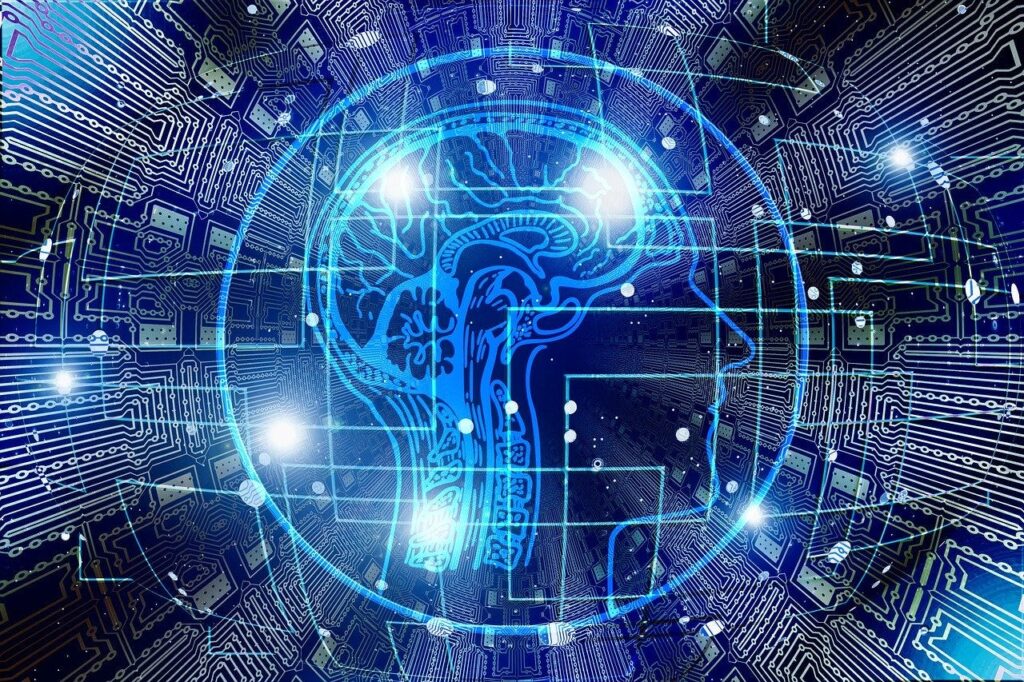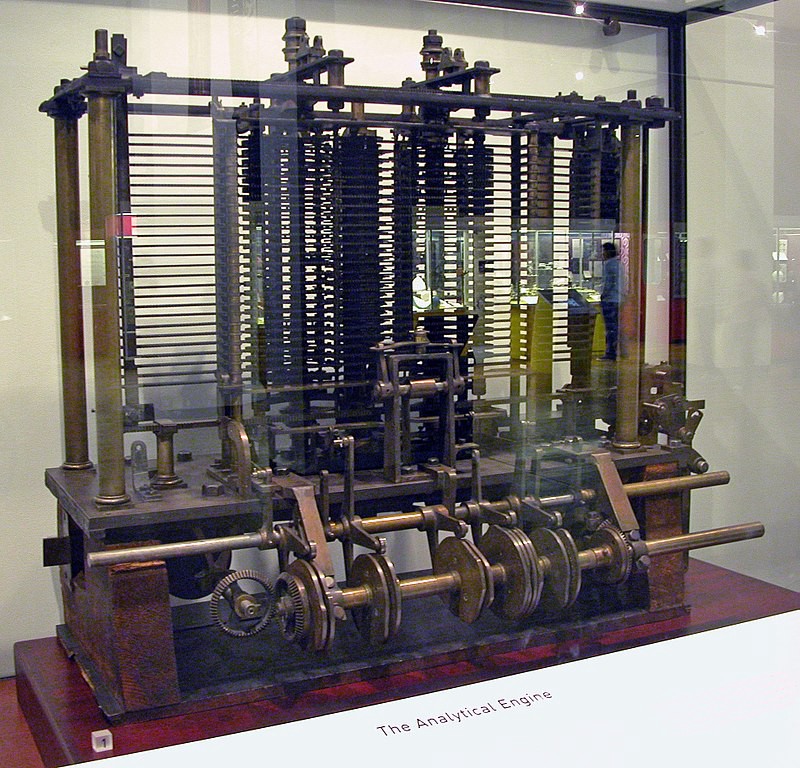Introduction
Artificial Intelligence (AI) optimizers play a crucial role in training and fine-tuning machine learning models. These optimization algorithms are designed to improve model performance, enhance convergence, and efficiently use computational resources. In this article, we will delve into the world of AI optimizers, exploring their importance, popular types, and their impact on the training process.

The Significance of AI Optimizers
Machine learning models often involve optimizing a loss function to find the best set of parameters that minimize the difference between predicted and actual outputs. AI optimizers are responsible for iteratively updating model parameters during the training process, adjusting them in a way that reduces the loss and improves overall model performance.
Popular Types of AI Optimizers
1. Gradient Descent:
Gradient Descent is a foundational optimization algorithm used in various forms across different AI optimizers. It operates by iteratively adjusting model parameters in the opposite direction of the gradient of the loss function. Variants like Stochastic Gradient Descent (SGD), Mini-Batch Gradient Descent, and Adam optimization build upon this fundamental idea.
2. Adam Optimizer:
Adam, short for Adaptive Moment Estimation, is a widely used optimizer that combines ideas from both AdaGrad and RMSProp. It maintains per-parameter learning rates and adapts them based on the estimated first and second moments of the gradients. Adam offers fast convergence, exhibits robustness to different types of data, and handles sparse gradients effectively.
3. RMSProp Optimizer:
Root Mean Square Propagation (RMSProp) is an optimization algorithm that dynamically adjusts learning rates based on the average of squared gradients. By decaying the influence of past gradients, RMSProp focuses more on recent gradients, enabling faster convergence. It is particularly useful for non-convex optimization problems.
4. Adagrad Optimizer:
The adaptive Gradient (Adagrad) optimizer adjusts learning rates individually for each parameter based on the historical gradients. It accumulates past gradients to give higher weights to parameters that receive infrequent updates. Adagrad is beneficial when dealing with sparse data or when certain features have more significant gradients than others.
5. Momentum Optimizer:
Momentum optimization introduces a momentum term that accelerates convergence by considering the past gradients’ direction. It accumulates a fraction of the previous gradients to keep the optimization process moving consistently. Momentum optimizers, such as Nesterov Accelerated Gradient (NAG), exhibit faster convergence, especially in regions with steep gradients.
Impact on Model Training
The choice of optimizer can significantly impact the model’s training process and overall performance. Some optimizers are better suited for specific scenarios, datasets, or model architectures. Factors such as the presence of sparse data, non-convex loss landscapes, and computational efficiency influence the selection of an appropriate optimizer.
Hyperparameter Tuning
AI optimizers often involve hyperparameters that must be fine-tuned to achieve optimal results. Learning rate, momentum, decay rates, and batch sizes are some of the hyperparameters that affect the optimizer’s behaviour and, consequently, model performance. Proper tuning of these hyperparameters can improve convergence speed and prevent issues like overfitting or underfitting.
Ongoing Research and Advancements
The field of AI optimization is continually evolving, with researchers proposing novel optimization algorithms and enhancements. Techniques like Adaptive Learning Rate Schedules, Second-Order Optimization methods, and population-based optimizers like Genetic Algorithms and Particle Swarm Optimization are actively explored to address various challenges and improve optimization performance.
Conclusion
AI optimizers are fundamental tools in training machine learning models, allowing them to converge efficiently and improve performance. By choosing the right optimizer and tuning hyperparameters, developers and researchers can enhance model accuracy, reduce training time, and overcome optimization challenges. As the field of AI optimization continues to evolve, staying updated with the latest advancements ensures the adoption of state-of-the-art techniques and empowers AI practitioners to create more accurate and efficient models.









